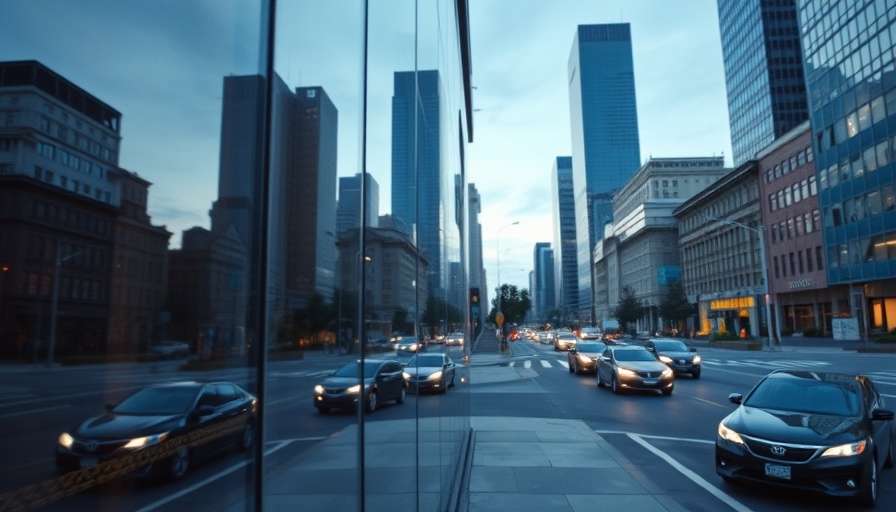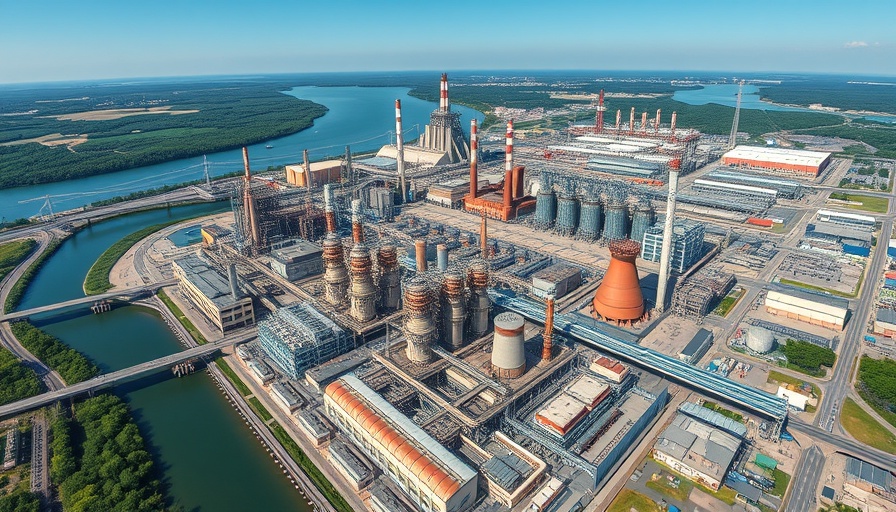
Understanding Low-E Glass: A Sustainable Solution
Low-emissivity (Low-E) glass is making waves in the world of sustainability, especially among eco-conscious travelers and hospitality professionals. By reflecting heat back into rooms while allowing natural light to stream in, this innovative glass type plays a critical role in reducing energy consumption. Its benefits are multifold, impacting not just energy bills, but also the overall carbon footprint of buildings.
How Low-E Glass Works
The unique coating on Low-E glass is what sets it apart from traditional glass types. This microscopically thin layer significantly improves thermal performance and energy efficiency by limiting the amount of infrared and ultraviolet light that can pass through. Low-E glass comes in two types: soft coat and hard coat. Soft coat Low-E is ideal for residential applications as it delivers superior performance, whereas hard coat Low-E is more durable and suited for commercial applications.
Energy Efficiency and Cost Savings
One of the most compelling reasons to invest in Low-E glass is the potential for substantial energy savings. By minimizing the need for heating and cooling, businesses and homeowners alike can see a marked drop in energy bills. In fact, studies show that buildings equipped with Low-E glass can achieve energy savings of up to 30-50%. For hotel owners looking to reduce operational costs, incorporating Low-E glass aligns perfectly with sustainability strategies by significantly lowering resource consumption.
Sustainability Strategy in the Hospitality Industry
For professionals in the hospitality sector, integrating Low-E glass offers a crucial edge in the competitive landscape. The focus on sustainable development has never been more pronounced, with guests increasingly seeking eco-friendly accommodations. Implementing energy-efficient windows assures that hotel operators are not only contributing to the fight against climate change but also enhancing client satisfaction. It reflects a commitment to sustainability that resonates with today’s travelers, especially eco-tourists who prioritize green practices.
Practical Implementation: From Concept to Reality
Making the switch to Low-E glass may seem overwhelming, but it doesn’t have to be. For hospitality executives, an incremental approach can be effective. Starting with energy-efficient renovations in key areas—like lobbies or conference rooms—can demonstrate tangible results. Engage local suppliers that specialize in sustainable materials to ensure quality while supporting the local economy. Additionally, from an ecological perspective, the installation of Low-E glass supports forest restoration efforts and tree planting initiatives crucial for creating lasting change.
Future Predictions: Low-E Glass in Eco-Friendly Design
The future is bright for Low-E glass technology, with numerous innovations on the horizon. As regulations around energy consumption tighten globally, the adoption of energy-efficient materials like Low-E glass will be crucial for compliance. Industry experts predict that by 2030, properties built without sustainable solutions will struggle to attract customers, as more travelers lean towards environmentally responsible choices. This trend signals an urgent need for the hospitality sector to reevaluate and prioritize sustainable materials in new builds and renovations.
Conclusion: Make a Move Towards Sustainability
In a world shifting towards eco-friendly options, adopting Low-E glass is not just a step towards saving on energy costs but is also a vital step in reducing your carbon footprint. As travelers and hospitality professionals alike emphasize sustainability, integrating Low-E glass into your spaces not only aligns with market demand but also demonstrates leadership in environmental responsibility. Take the initiative to make your operations more sustainable—embrace Low-E glass and together, we can advance toward a greener future.
 Add Row
Add Row  Add
Add 




Write A Comment